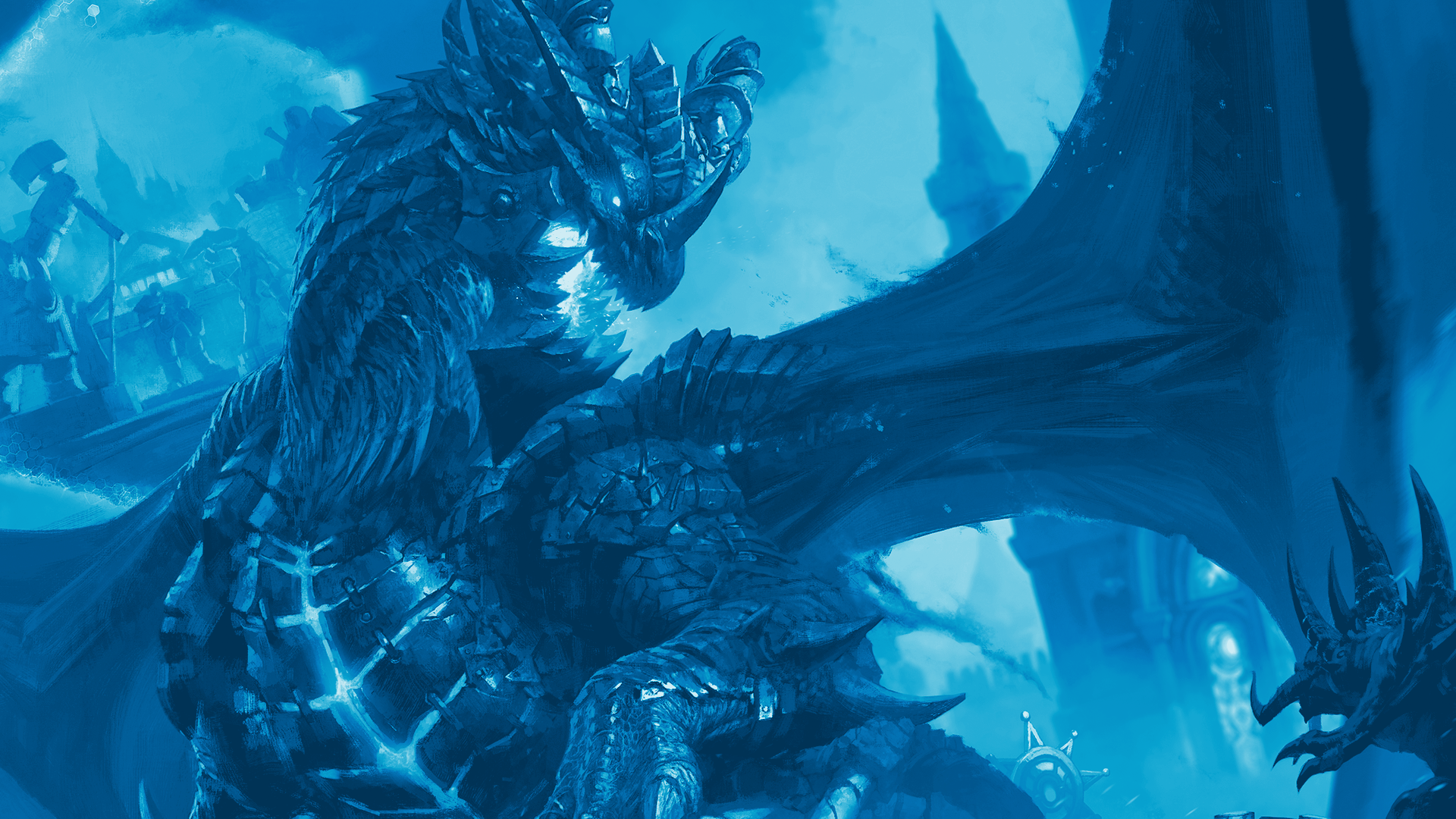With Us

Blog
Gaming In 2021: What’s Old Is New Again
7 minute read
2020 will be remembered for a multitude of reasons but one of the positive trends which gained traction, and will certainly continue on in 2021, is the accelerated rise of gaming. What will this look like in 2021? The common thread throughout the predicted gaming trends is an appropriately muted tone around some of the buzzier aspects of gaming, and a rebirth or reinvigoration of some of the “basics.” This creates the perfect environment for marketers who are complete n00bs (read: newbies, someone who doesn’t understand the rules or mechanics of a game) to get up to speed in the world of gaming.
Gaming (re)storming and (re)defining the living room
It was a console holiday shopping season in 2020, so Nov-December was ripe with the excitement of the new Xbox and Playstation systems (and the hunt to find one in stock). Gaming was an increasingly important outlet for entertainment in 2020, particularly as entertainment-hungry consumers spent more time than usual at home, and the new console releases helped to cement gaming's place in the living room. 2021 is when these consoles will truly find their legs.
That said, what’s most interesting about the latest iterations of consoles is that the specifications around their relative graphical prowess are not simply marketing puffery (I’m old enough to remember Sega’s Blast Processing), but pushing the boundaries of consumer technology more generally. Suddenly, 4k isn’t good enough - increased emphasis on previously wonkish features like HDR, refresh rates, and the promise of 8k resolutions were causing many consumers to not only question whether their console (new or old) was adequate for their gaming needs, but whether their TV (the very center of their entertainment ecosystem) was even adequate for these experiences. Have you even considered what colorspace your HDMI cord can handle?
Suddenly, the lines between everyday console gamers and the formerly elite cadre of PC gamers are becoming quite blurred as the power of these two ecosystems becomes roughly comparable (for now) and specifications similarly persnickety. The influence of gaming on consumer technology is undeniable, and increasingly extending to a wider net of devices within a consumer’s home.
Mobile continues to gain street cred
That said, the biggest growth story in the gaming ecosystem is neither consoles or PCs - it continues to be mobile. And while mobile gaming consistently puts up impressive numbers for revenue, engagement, users, etc., the real story coming into 2021 is how mobile is gaining legitimacy as a “real” gaming platform.
While the presence of “triple-A” franchises like Fortnite and Call of Duty have been raising eyebrows and gaining attention regarding the possibilities of mobile gaming being a platform suitable for things beyond more accessible puzzle or word games, Genshin Impact took the gaming world by storm as an impressive and immersive game experience on par (if not better) than comparable games on more traditional consoles. Notwithstanding that in doing so, it managed to make close to $400 million in the first two months of its release.
When you additionally consider the meteoric rise of mobile-friendly/native cult hits like Among Us surging past 200 million downloads and banking almost $40m on the back of gaming creators featuring the game, we’re increasingly facing a world where mobile games are not just ubiquitous in terms of reach, but dominating screen time in terms of engagement for more casual and hardcore gamers alike. The net result is that gaming, and mobile gaming in particular in this case, will almost certainly have increasingly diverse and numerous niches for virtually every consumer in 2021.
The phoenix moment for social gaming
January 1st, 2021 saw the demise of one of the most well-known games of all time: Farmville. Love it or annoyed by it, Farmville was an ever-present force in the early days of Facebook. Farmville seemed to portend to a “social gaming” revolution, where gaming would go hand-in-hand with online social activities via platforms like Facebook. Of course, we know better now - the strategies employed to draw folks into these games became so burdensome and disruptive that platforms like Facebook all but completely cut off deep integrations between social games and their social network. Many such games survived, but not nearly in the monolithic presence they had enjoyed before (Farmville had 30m users playing daily at its peak).
However, like a phoenix rising from the ashes, social gaming is on the rise. This certainly does not point towards a change in Facebook’s stance nor reference any particular game on Facebook or other social networks. Rather, gaming is becoming an even more important means to connect and interact with friends and family in a meaningful way when physical contact is all but impossible.
Jackbox Games (a collection of inherently social mini-games that are playable online) enjoyed a surge in popularity in 2020, seemingly riding the crest of Zoom game nights or work events where Jackbox filled a valuable role as a mechanism to have fun with friends, virtually. Online and social MMORPG king World of Warcraft released its latest expansion which quickly became the biggest launch day for any PC game ever. Ultra-cute village sim Animal Crossing: New Horizons sold 22.4m copies in the quarter of its release, thereby creating an ecosystem of individual “islands” for friends to virtually explore.
Make no mistake, games with highly social elements virtually define entire genres and spaces within gaming. What we are seeing here is not a seismic shift, so much as a wave of larger numbers of consumers than ever capitalizing on one of the greatest superpowers of gaming: socialization without physicality. Given that 2021 will still very much be defined by the circumstances of a global pandemic, this wave will continue on in full strength throughout the year.
The Uncanny Valley and virtual reality
Virtual Reality headsets also saw some technology upgrades in 2020, epitomized by the release of the Oculus Quest 2. Despite starry-eyed speculation around gaming increasingly going VR, we will not be seeing a dramatic surge in these platforms in 2021. The reason is that virtual reality is in its own uncanny valley - the aversion, in this case, is not a robot posturing to be human (that is pretty realistic but not quite human enough to be uncreepy in the process), but rather a game experience that is all-encompassing, but not quite unobtrusive and high quality enough to be deeply immersive.
The result is an experience that is difficult to justify relative to the upfront investment. While mega-hit franchises like Half Life making their VR debut with Alyx this past year popped usership, we are still a ways away from mainstream adoption in 2021. Though technology is getting very close to cresting the proverbial hill of this valley, marketers are better served focusing on the fundamentals of more ubiquitous platforms than VR for a far greater return on time and investment at this stage in the game.
What can marketers learn from this?
There are a few common threads to pick out here:
- Gaming has been on the rise for some time, but this pace has accelerated in 2020 and shows no signs of stopping in 2021.
- As a result, gaming is becoming a more important part of the entertainment ecosystem of broader ranges of consumers.
- Gaming isn’t riding the tide of gimmicks or bleeding edge buzz words, nor are the best opportunities within it.
- The biggest and still largely underutilized opportunities for marketers remain in fundamental platforms such as mobile.
Consumer engagement with gaming is becoming more ubiquitous and the connections deeper. The opportunity present within 2021 is to get off the sidelines and into the game, as the experiences for consumers have never been better nor have the touchpoints for marketers been more numerous.
Advertise
With Us
Let's Start By Getting Connected
THE LATEST NEWS & CONTENT
Mobile Gaming: The Common Denominator Among All Game Players
In the increasingly diverse world of gaming, reaching unique, valuable audience segments offers a significant opportunity for brands and advertisers.
Why Multiplatform Players are More Receptive to Advertising
As the gaming industry continues to take its place in the entertainment ecosystem, understanding the different audience segments becomes increasingly critical for brands looking to tap into this lucrative market.
IAB PlayFronts 2024 Recap
The IAB PlayFronts 2024 marked a significant milestone in the digital entertainment sphere, bringing together industry innovators to share insights and chart the future of interactive media for the third year in a row.









